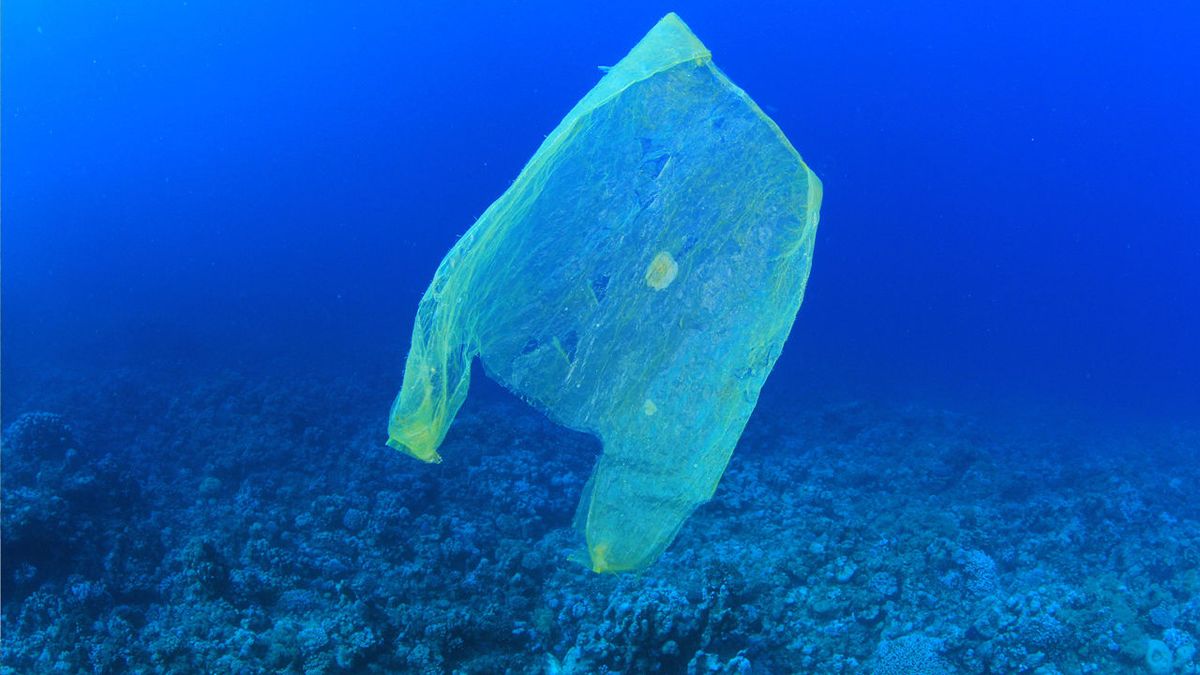Public Tableau Dashboard
Big Idea
Whether humans live near the coasts or far inland, they are a part of the problem- and the solution to plastic pollution. Learning and preventing this global crisis at an individual level, could protect our oceans and waterways.
3 Minute Story
Plastic is a substance that earth cannot digest. In fact, more than 40 percent of plastic is used only once before it is thrown away, where it lingers in the environment for a very long time. The pieces of plastic take decades and centuries to degrade in the ocean. Current estimates show that at last 8 million pieces of plastic are entering the oceans every single day. At current rates, plastic is expected to outweigh all the fish in the sea by 2050.
From the whale, sea lions, and birds to the microscopic organisms called zooplankton, plastic has been, and is, greatly affecting marine life on shore and offshore. Plastics may form an even bigger threat to coastal populations, particularly in developing countries.
The United Nations Joint Group of Experts on the Scientific Aspects of Marine Pollution (GESAMP), estimated that land-based sources account for up to 80 percent of the world’s marine pollution, 60 to 95 percent of the waste being plastics debris.
A full understanding of the magnitude and scope of this plastic pollution starts with clear definitions as to what and why it is happening. It simply starts with individual choices.

What is plastic used for?
Plastic we use, comes in all shapes and sizes. Furthermore, a lot of plastic is used to make disposable products rather than lasting ones. Around the world, almost 1 million plastic bottles are purchased every minute.
How much plastic does the world produce?
The production of plastic has been growing almost exponentially every year. The chart below shows the global production of plastic from 1950-2015, which has reached a peak of 381 million tonnes (Approx. 2/3rd of the world population) in 2015.
China is the leading plastic producer accounting for about 28%. Meanwhile, Europe and NAFTA are on a similar level each with a share of around 18%~19% as depicted below.
Mismanaged Plastic Waste
The waste’s that are not properly disposed and are at a high risk of entering the ocean. The highest share of the world’s ocean plastics pollution has its origin in Asia. China being the highest contributor followed by Indonesia, Philippines and Vietnam. The global mismanaged plastic waste derived from a given country is depicted in the chart below.
Fate of Plastic
From 1950-2015, 8.3 billion tons of plastic was produced globally. Half of all plastic produced is designed to be used only once. However, only 500 million tonnes (6%) was recycled; out of which 300 million tonnes was later discarded.
Where does plastic end up?
Plastic has long since become an inherent part of the oceans. An estimated 5 trillion plastic particles are floating at the ocean’s surface. According to Ocean Conservancy, every year 8 million metric tons of plastic goes into the ocean.
The chart below gives an idea about the quantity of plastic waste floating at the ocean surface for particles ranging from small microplastics to macroplastics.
The northern hemisphere basins have the highest surface plastic accounting to the highest coastal population compared to southern hemisphere.
Future of Microplastic in Surface Ocean
Microplastic are plastic materials smaller than 0.5 centimeters in diameter. By 2050, if the plastic production continues to grow in line with the historical plastic production rates, the estimated plastic debris would be around 2.6 million tons.
What’s more striking is that even if the ocean plastic waste is stopped by 2020, microplastics would still persist in the surface waters for many more decades. However, the amount of plastic will be 50% less than compared to the above scenario.
Plastic Recycling from around the World
According to Environmental Protection Agency report, Americans recycle around 35% of the waste they create. Many European countries on the other hand have developed successful recycling programs. Germany having the highest recycling rate of about 65%. But, on the other hand most of the developing nations do not have a formal waste disposal system.
Plastic Fate in United States
In 2015, 34.5 million tons of plastic waste was generated in the U.S. with 26 million tons landfilled. 5.4 million tons ended up being combusted for energy while only 3.1 million tons was recycled.
According to the microplastic ocean data analysis, it is not far behind when plastic enters our food chain and on our plates!
Best solution to plastic pollution, is just PREVENTION!
References: